- Home >
- Electrical & Computer Engineering
- > Facilities
Instructional and Research Laboratories
CIRCUITS I LABORATORY: The purpose of the Circuits I Laboratory is to:
- Introduce the student to the use of electrical test equipment, familiarize with the safety requirements, and laboratory procedures.
- Provide the student laboratory experiences that serve as a bridge between theory and practice.
- Provide experiences in the use of computer for circuit analysis, data acquisition and data analysis.
- Provide experiences in data analysis, written communication and teamwork.
DIGITAL LOGIC DESIGN LABORATORY: The objective of the Digital Logic Design Laboratory is to
- provide the student experiences, in the design, to setup and use the digital laboratory equipment to conduct experiments, collect and analyze data.
- Present technical reports using modern tools and gain experiences while working as member of a team.
- Gain experiences in the design of combinatorial and sequential logic circuits, counters, and microprocessor architecture and programming.
ELECTRONICS LABORATORY: The objective of the Electronics Laboratory is to
- Provide the student competency in analyzing circuits that include applications of Op-Amps, transistors and diodes, and to design single and multi-stage amplifier circuits, and filters.
- The student should also learn to use software packages such as PSpice for analysis and design, present results of analysis in written reports using modern tools, and participate as a member of a team.

CONTROL SYSTEMS LABORATORY: The objective of the Control Systems Laboratory is to
- provide experiences in analyzing and designing open loop and closed loop position and velocity control systems.
- Allow students to conduct tests and design projects related to servo motor control.
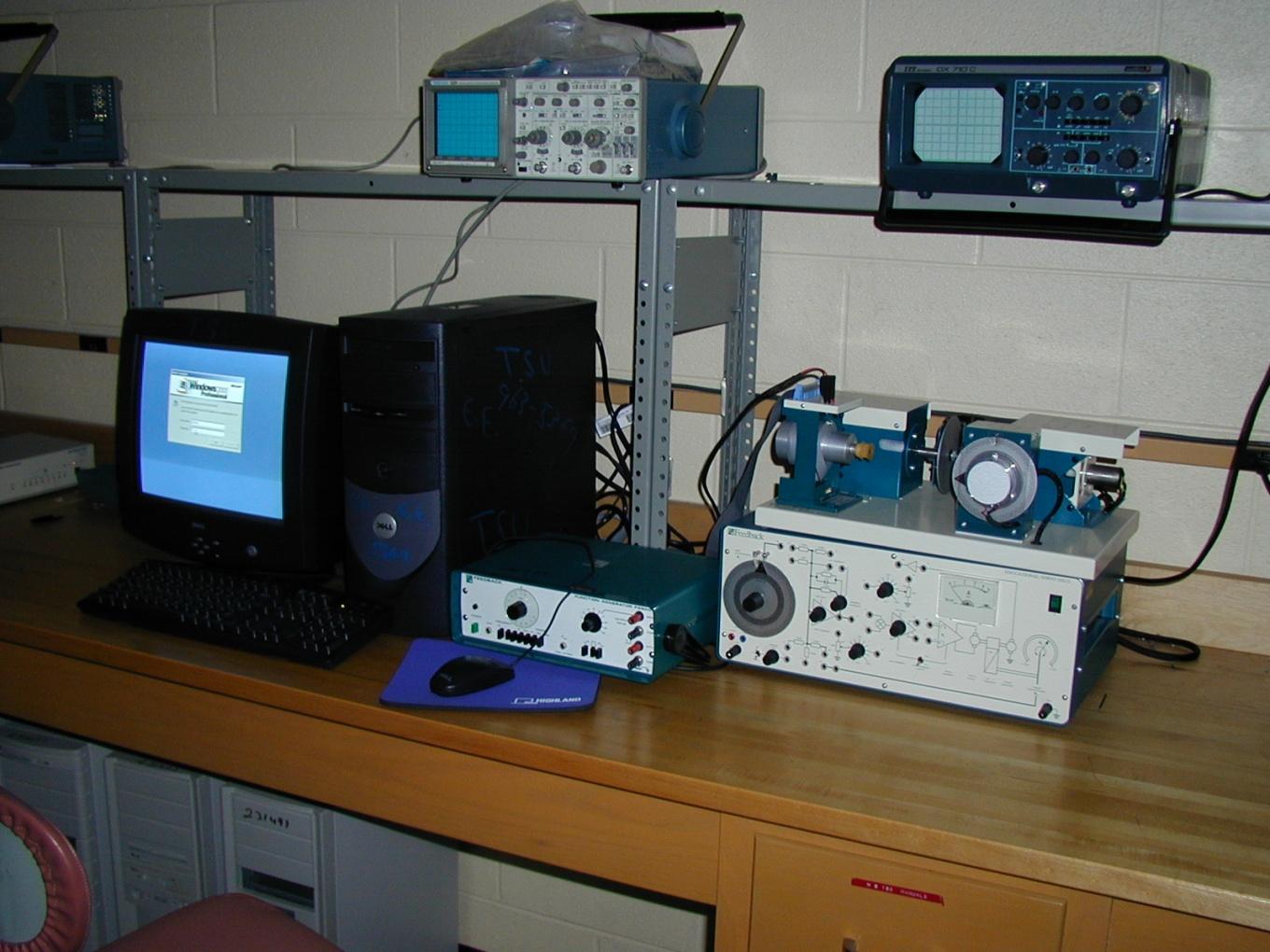
ELECTRICAL SYSTEMS DESIGN LABORATORY: The objective of the Electrical Systems Design Laboratory is to
- provide the student team design experiences.
- Students working in teams of two to three students will design complex electrical and electronic systems from the areas of communication systems, power systems, control systems and digital systems.
- Students also gain experiences in oral and written communication using modern tools and discuss impact of their design on society while considering ethics, safety, standards and constraints in their designs.
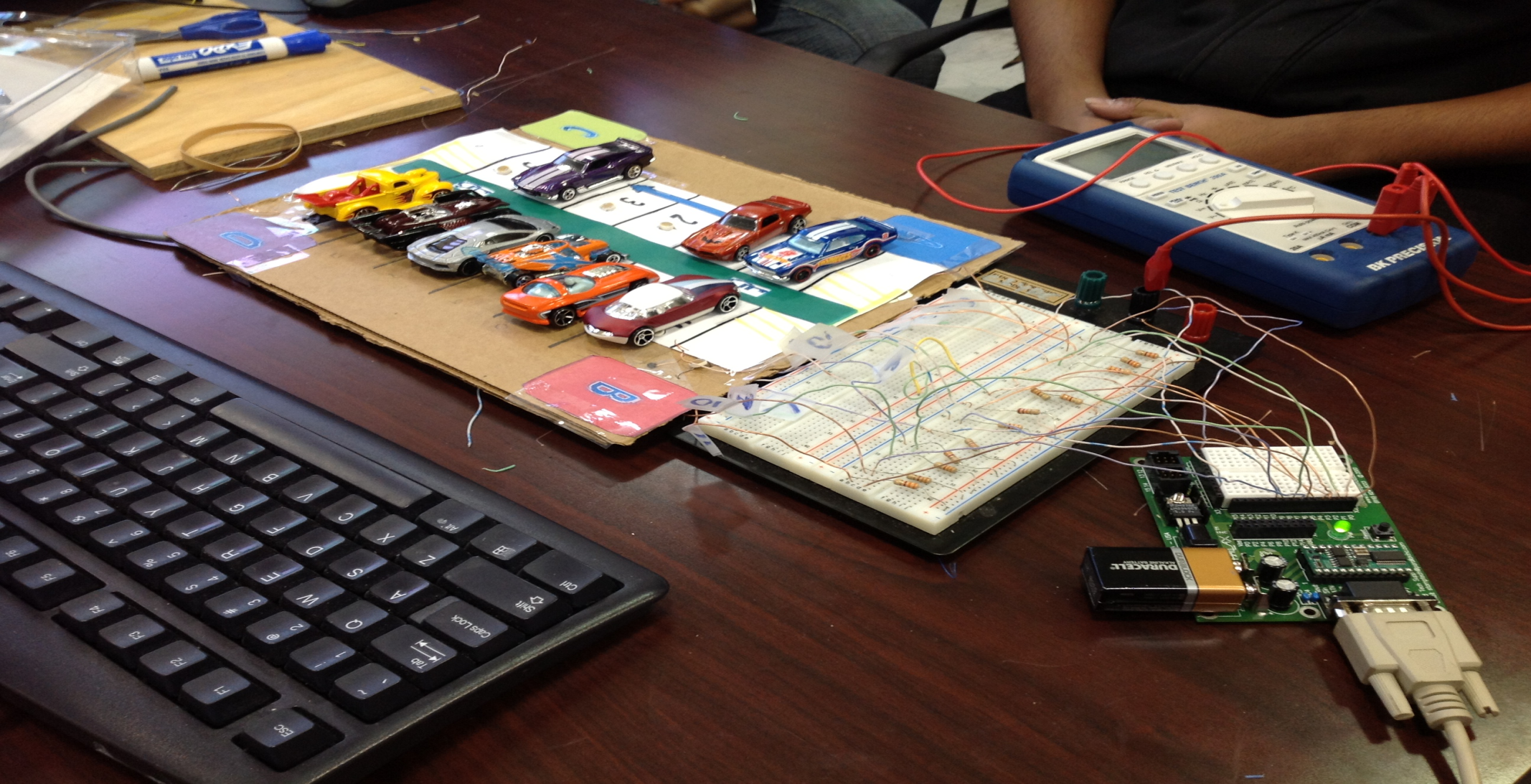
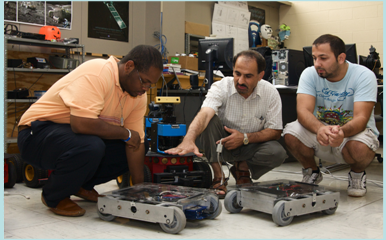
INTELLIGENT SIGNAL PROCESSING LABORATORY: The objective of the Intelligent Signal Processing Laboratory and Biomedical Engineering is to
- Provide the faculty and students a computer and instrumentation facility for research in the areas of Intelligent Signal Processing, Image Processing and Biomedical Engineering applications.
- Conduct research is in the areas of Neuro network applications to signal processing, health monitoring , predictive and preventive maintenance, nonlinear signal analysis using chaos analysis, wavelets and traditional signal processing and image processing techniques and recently added Biomedical engineering.
- Graduate and undergraduate students gain research experiences and develop Special Topics and Capstone Design Projects.
- Students also gain experiences in presentation of their projects and design project reports.
COMPUTER AND INFORMATION SYSTEMS ENGINEERING Laboratory (ET-205 ): The Computer Information and Systems Engineering Laboratory is a research facility comprises
- $300,000 in state-of-the art equipment.
- 500 square feet of laboratory space, and a venue for interdisciplinary collaboration.
- Research in wireless communications, high speed data networking, data mining, high performance computing, and wireless sensor networking.
- Support virtual local area networks , wireless local area network, wireless private area network cognitive radio network and wireless sensor networks.
- The virtual local area networks comprises of 15 high performance desktop computers, 5 laptops, two CISCO routers and three CISCO switches.
- Network configuration has been utilized to demonstrate research and educational projects in routing, switching, network security, and network management.
- Wireless local area network is formed by 5 LINKSYS wireless access points and 5 laptops.
- The cognitive radio network testbed comprises of four USRP software radio nodes, four programmable ARUBA access points and three YAGI antenna.
- Network setup that allows students to conduct research in emerging areas of software radios, dynamic spectrum management and spectrum mobility.
- Wireless sensor network comprises of 20 Crossbow motes, sensors, and two base stations.
- Lab houses one IBM Blade center (equipped with two LS21 Blade servers) for high performance computing and networked data storage.
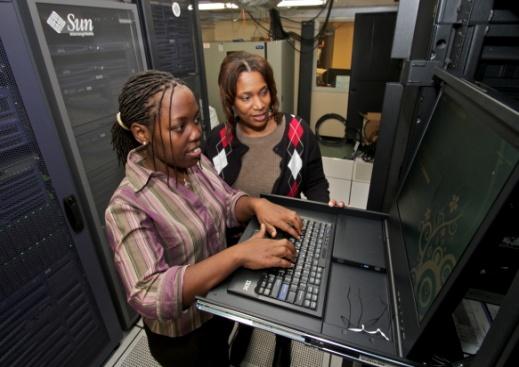
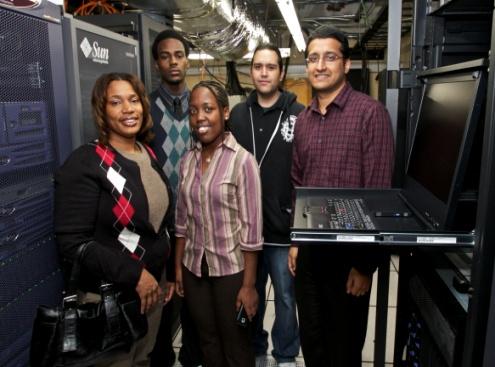
RENEWABLE ENERGY RESEARCH LABORATORY: The objective of the Renewable Energy Research Laboratory is to
- Provide research facility for research in Wind Power and Control and Communication requirements for Smooth Interface between utility and the Wind Power conversion System.
- Provide facility for videoconferencing and Unix workstations.
INTELLIGENT CONTROL SYSTEMS LABORATORY: The objective of the Intelligent Control Systems Laboratory is to provide research facility for research in Intelligent Controllers and Robot applications to predictive maintenance and biological systems and telepresence.
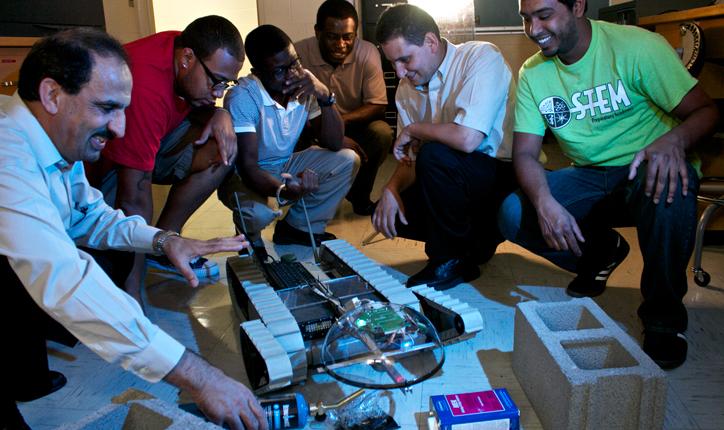
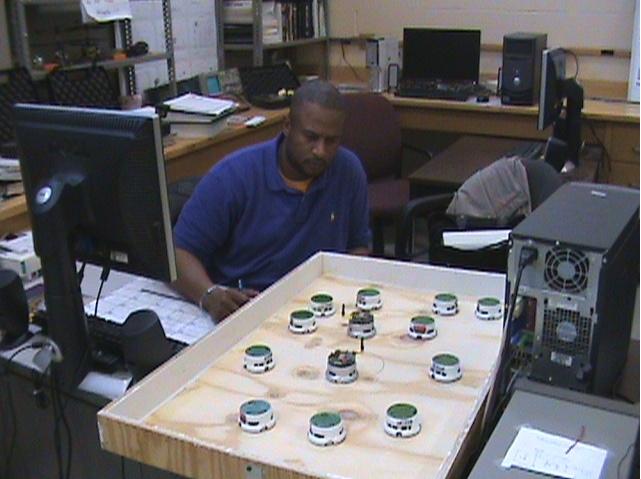
webpage contact:


